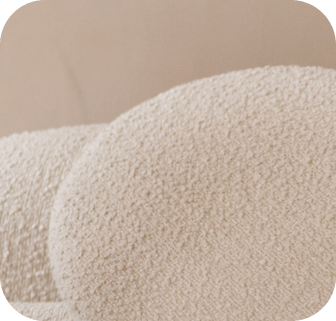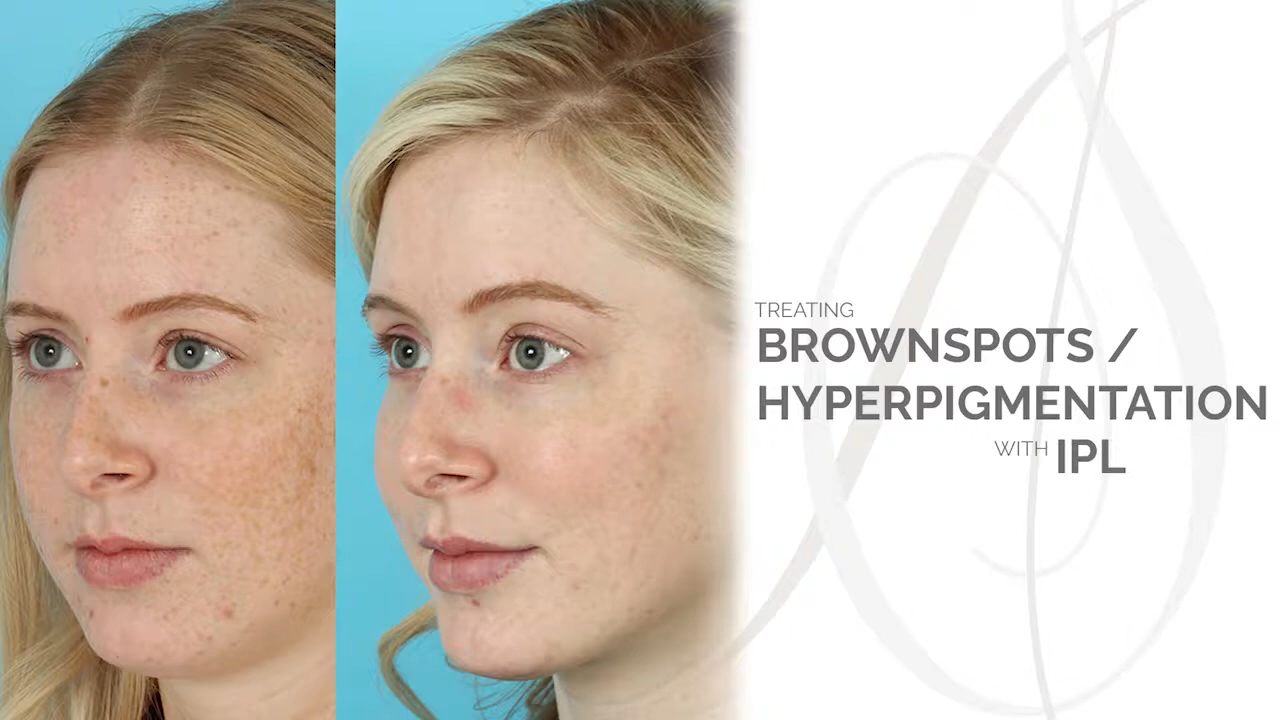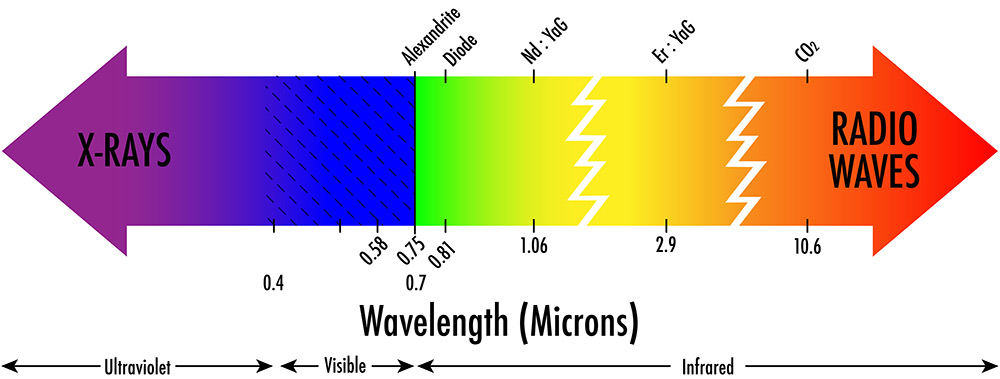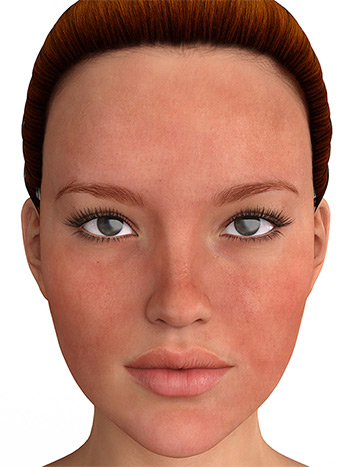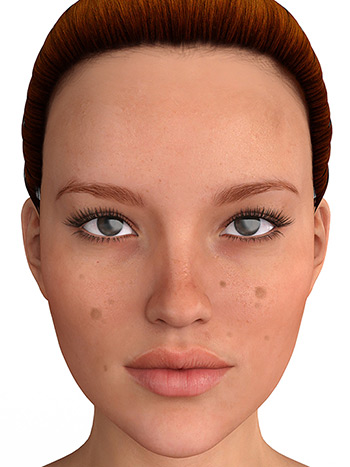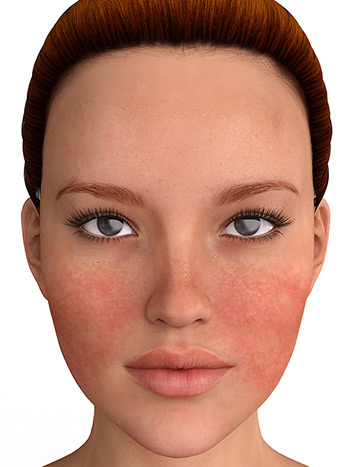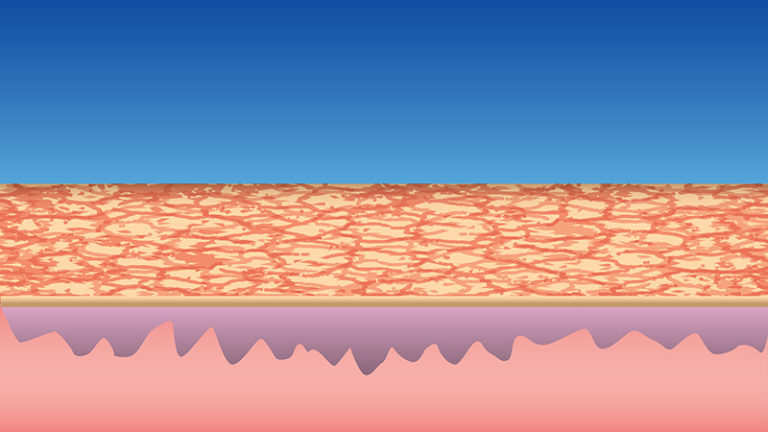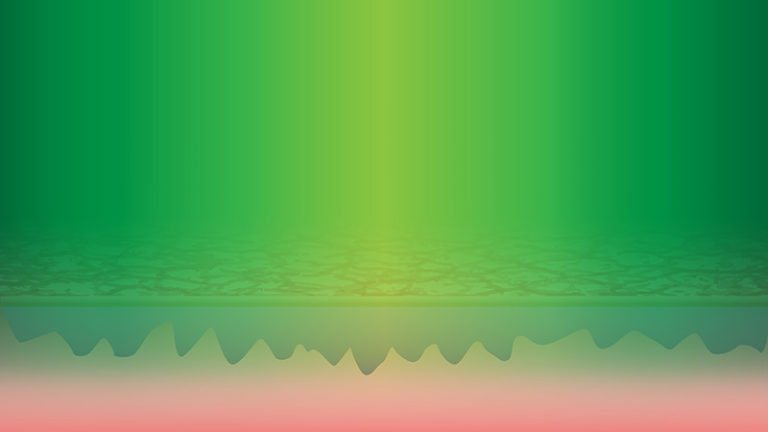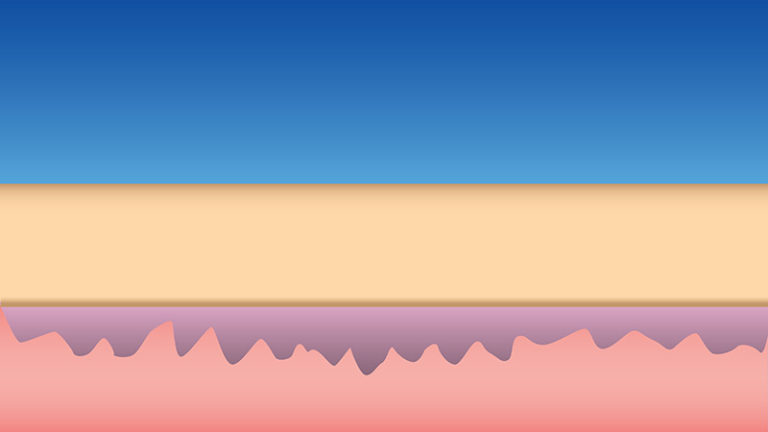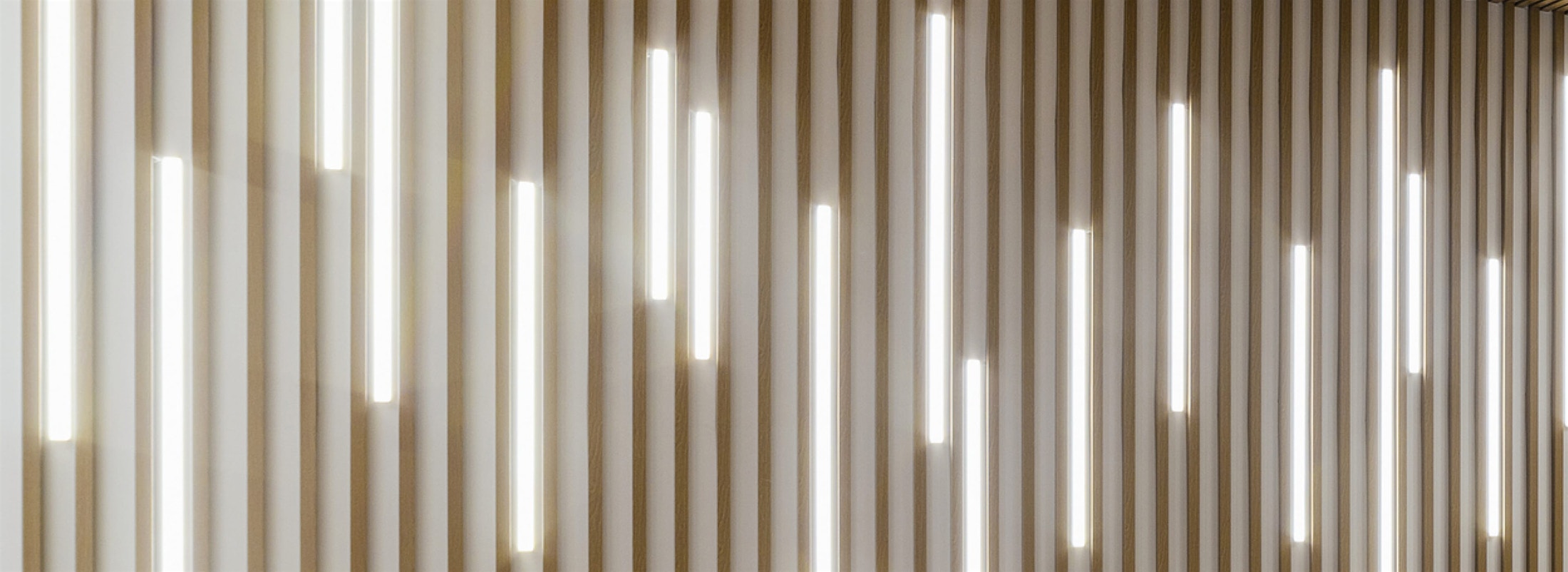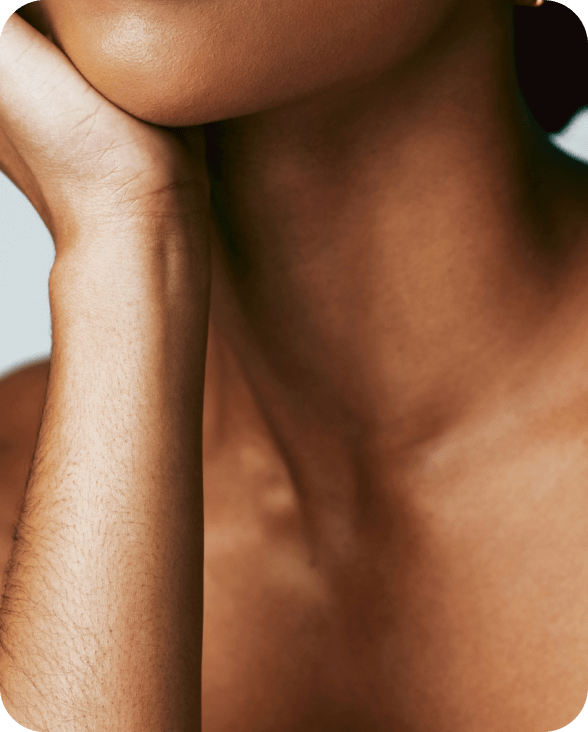Can IPL Treat Melasma?
IPL is typically not used for melasma and in our practice, we typically utilize PICO lasers. Some peels are helpful for melasma as well.
Does IPL Hurt?
Typically intense pulsed light is not painful. Rarely we use numbing cream but most patients tolerate it well.
Does IPL Have Any Downtime?
IPL typically does not have downtime as in traditional redness and erythema since it is light based. Patients may experience browns becoming darker and eventually flaking off over a period of days.
Does IPL Help Wrinkles?
IPL is not the best choice for treating lines but does improve overall tone.
What Type Of IPL Is Best?
In our opinion, IPL with Lumecca is the premier IPL for several reasons. First of all, all other IPLs (at least in our research) only block the lower band of light while Lumecca has a second band in which it blocks. This makes Lumecca much more powerful and selective in treating specific skin conditions. Second of all, Lumecca uses specialized xenon light source which helps give it more power than previous models of IPL (hence the term 3rd generation IPL is sometimes quoted). Finally, peak power of most other IPLs is spread throughout other frequencies while Lumecca puts the peak where you want it.
If I Have Darker Skin Can I Have IPL?
IPL is designed for fairer skin types. PICO laser is most likely a better option.
If I Tried An IPL At Another Location And It Was Not Successful, Why Would I Try It Again?
IPL requires the right type of equipment (many med spas use outdated equipment), settings (if the settings are not done properly than less than optimal results can be obtained). Also, some patients may benefit from other lasers as well instead of IPL.
Is IPL Effective For Laser Hair Removal?
No, multiple studies show IPL is inferior in laser hair removal.
Is IPL Effective In Treating Bruising?
IPL can be used to help expedite the treatment of bruising.
When Was IPL First Approved?
IPL was approved by the FDA for telangiectasia in 1995. It can be used for a variety of skin conditions including vascular lesion, pigmented skin lesions, and hair removal.
Does IPL Improve Redness And Browns Of The Skin?
A study from 2007 by Kawana looked at the efficacy of IPL and found that rosacea type skin and solar lentigines were improved after a single session but patients improved after several sessions. This effect is well known to offices who incorporate IPL and newer types of IPL exceed treatment standards of the past.
Does IPL Improve Texture?
A study by El-Domyati in 2011 found that in 50% of patients with IPL texture was improved but no changes in wrinkles or measured amounts of collagen or elastin in skin biopsies.
Does IPL Reverse The Aging Process?
Skin aging is thought to be an alteration of our genes (more specifically the level of 2265 coding of RNA). A study by Bitter and Change looked at gene expression after IPL and found that 1293 of the gene products were altered and became more youthful in expression demonstrating IPL actually reverses cellular aging from a genetic point.
Can IPL Effectively Treat Dyschromias As A Result Of Burns?
Burns can cause dyschromias or discoloration to the skin. A study in 2015 by authors Hultman found that skin which is discolored (dyschromias) can respond to IPL with some improvement. We have noted that IPL itself can cause mild to severe burns and “tiger-striping”. Often times the cure for a burn is IPL. One weakness of the study was that many of the participants were of Fitzpatrick IV and higher, these patients are typically not great candidates for IPL.

